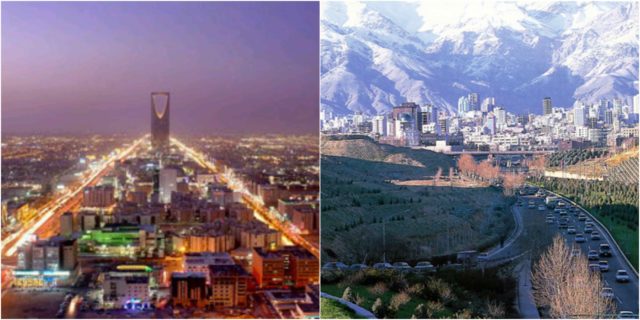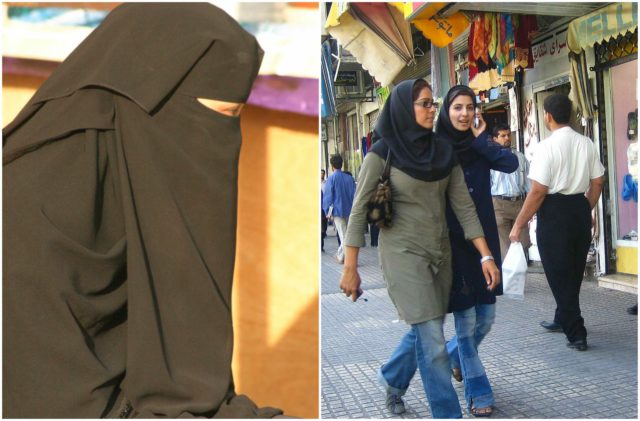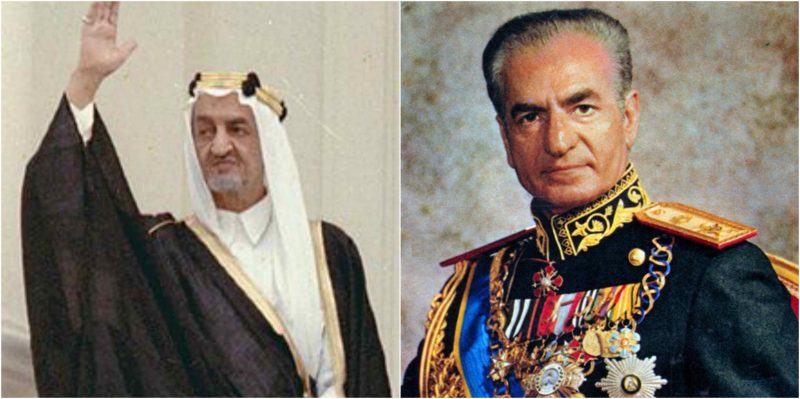Saudi Arabia and Iran established diplomatic relations in 1929 following the signing of a Saudi-Iranian Friendship Treaty.
However, relations were not active until the 1960s mostly due to differences in religious practices and Iran’s recognition of Israel. In 1966, the late King Faisal of Saudi Arabia visited Iran with the aim of further strengthening relationships between both neighboring countries.
The Shah of Iran Mohammad-Reza Pahlavi reciprocated by paying an official visit to Saudi Arabia. The Shah supported King Faisal’s efforts regarding Islamic solidarity.
He actively contributed to the establishment of multinational Islamic institutions, including the Organization of the Islamic World Congress, the Muslim World League, and the Organization of the Islamic Conference.

In 1968, Saudi Arabia and Iran signed a demarcation agreement. When the United Kingdom announced it was to withdraw and vacate from the Persian Gulf in the late 1960s, Iran and Saudi Arabia took the primary responsibility for peace and security in the region.
In the late 1960s, the Shah sent a series of letters to King Faisal, urging him to modernize Saudi Arabia, saying, “Please, my brother, modernize. Open up your country. Make the schools mixed women and men. Let women wear miniskirts. Have discos. Be modern. Otherwise, I cannot guarantee you will stay on your throne.”
In response, King Faisal wrote, “Your majesty, I appreciate your advice. May I remind you, you are not the Shah of France. You are not in the Élysée. You are in Iran. Your population is 90 percent Muslim. Please don’t forget that.”

During the 1970s, Saudi Arabia’s main concerns over Iran were firstly, Iran’s modernization of its military and its military dominance over the region; secondly, Iran’s repossession of the islands of Big Tunb, Little Tunb and Abu Moussa in 1971 which challenged the United Arab Emirates’ own to claims over the islands.
The dispute remains till today, but relations between Iran and Saudi Arabia was never as friendly as between the years 1968 and 1979.
The relationship between the two countries was not without its tensions in the mid-to-late 1970s. As the Shah attempted to build an Iranian security architecture in the region, the Saudis resisted these efforts.
Instead, King Khalid attempted to create bilateral security relationships with the smaller neighboring Persian Gulf states which have lasted till today. The Saudis also argued for more modest OPEC price increases in 1976 and 1977 than Iran wanted.
